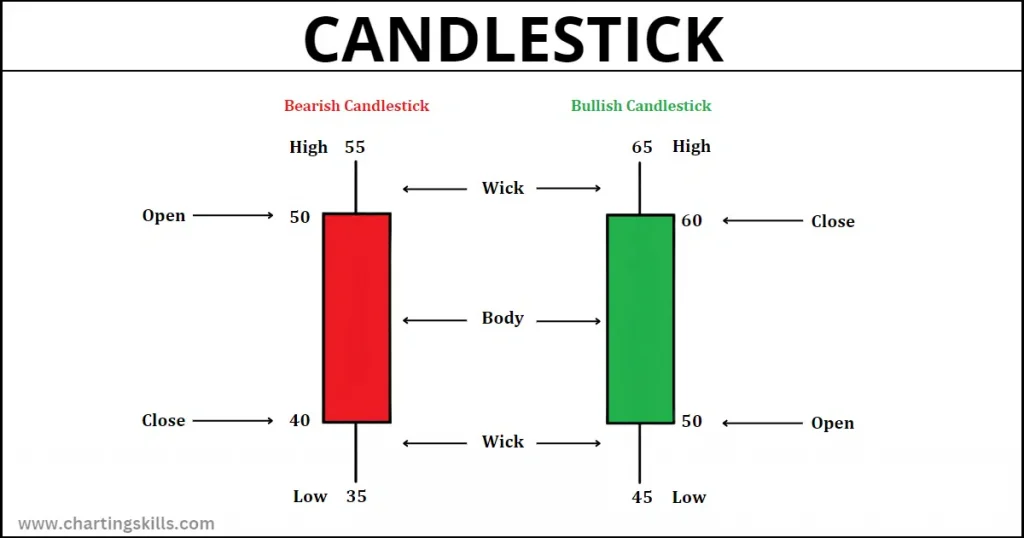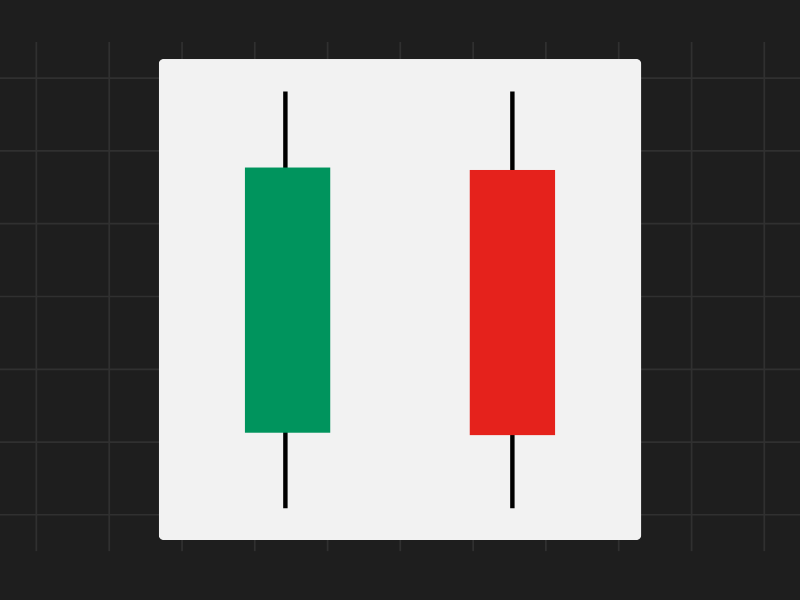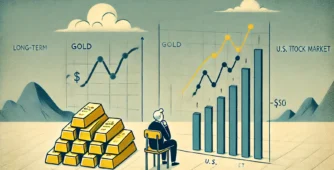In this article, we will explore what candlesticks are and how they can be used to gain insights into market trends.

What are Candlesticks?
Candlesticks are a Japanese method of depicting price moves in a visually appealing way. They provide a clear representation of the open, high, low, and close prices of a security within a specific period. These periods can range from minutes to days, weeks, or even months, depending on the trader’s perspective and trading style.
The chart itself consists of vertical bars, with each period represented by a single bar. The left axis represents the price scale, while the right axis represents the time scale. Candlestick charts offer more information compared to traditional line charts or bar charts, making them a valuable tool for technical analysis.
Understanding Candlestick Components
Each candlestick contains crucial information that can help traders assess the market sentiment and make informed trading decisions. Let’s take a closer look at the different components of a candlestick:
Body
The body of the candlestick represents the range between the open and close prices for the given period. The colour of the body can be either green or red, indicating whether the price has increased or decreased compared to the previous period
Greed Body : The price has moved up, indicating a bullish sentiment.
Red Body : The price has moved down, indicating a bearish sentiment
Candlestick Wick
The wick, also known as shadows, extends above and below the body of the candlestick. They represent the range between the high and low prices within the given period.
– Upper Wick: Represents the highest price reached during the period.
– Lower Wick: Represents the lowest price reached during the period.
By analyzing the length and position of the wicks, market participants try to gain insights into the market’s volatility and potential support or resistance levels.
Interpreting Candlestick Patterns
Once you understand the basic components of candlestick charts, you can start recognizing various patterns formed by multiple candlesticks. These patterns can provide valuable clues about future price movements and potential trend reversals.
There are numerous candlestick patterns, each with its own interpretation and significance. While covering all the patterns in detail is beyond the scope of this article, we will try to touch upon a few popular ones in the upcoming blogs.
Candlestick charts provide a visual representation of market trends, making it easier for market participants to assess market sentiment at a glance. The colors and shapes of the candles convey information about price movements, allowing traders to make quick and intuitive assessments of market conditions.

If you have any questions, please write to support@weekendinvesting.com









